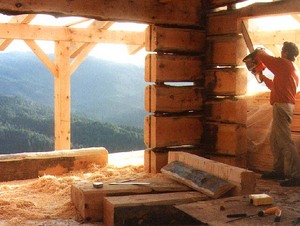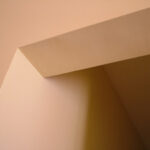Chasing leaks in an older RV can be a real pain. Just when you think it must be cured this time, another down pour leaves you with water weeping down the walls. Other times things look nice and dry after the down pour only to be leaking again during a light drizzle.
Many will tell you the only way to properly reseal a window unit in an RV is to completely remove it, meticulously clean the sealing surfaces and reinstall with new butyl tape putty.
I’m not going to disagree with that method, but consider an older unit. Labor rates at the RV dealer will cost you close to $100 an hour. Removing and resealing windows can be very labor intensive. If you tackle it on your own the danger of breaking the glass or damaging the frame should be a real concern. Sometimes these things can be real bears to get apart.
Sadly after all this work and expense you may find the windows still leak, just as bad as when you started.
Leakage under the flange of most window units can usually be stopped by running a bead of silicon caulk around the window. Most RVs now come from the factory with a bead of silicone run along the top of all the windows. Making that bead a continues run all the way around the window unit eliminates the problem all together.
Don’t use some cheap blended sealer designed to go around your bathtub, use Dap Clear Silicone with a 35 year durability guarantee. It goes on white, but sets up to a semi-clear state in a few days.
Caulking windows is the time to get neat. Practice on some scrap wood, do what ever it takes to get to a proficiency level where you can lay down a neat ¼ inch bead that doesn’t need to be smoothed with a finger.
Smoothing with a finger will smear a thin layer of silicon on the wall and window frame that will collect dirt, become discolored, and make your RV just look nasty. You don’t see professional home painters smearing caulk with their fingers, take the time to do it right and you won’t need to.
After all this guess what, the windows may still leak. As your RV ages the rubber gasket holding the glass in place will shrink. Often there will be a ½ inch gap between the ends of the gasket leaving a great place for water to enter. Most current windows are slide-by units. The rubber seal between the panes can become brittle, allowing water to pass through when it hits from just the right direction.
Fill any gaps between the ends of the gasket with silicon. You might want to run a bead around the gasket where it meets the glass if age has caused the gasket to pull away from the glass. One final step is to make sure the inch long slits in the bottom of the window frame on the lower edge are clear of debris. They allow any water that makes it into the interior channel of the window to simply drain back to outside. This will help when water makes it past that aging seal between the panes.
Stopping leaks can seem like guess work. The best approach is to reseal all your windows before the leaks start. Just take your time, be as neat as you can, and remember that the goal is to retain value, not smear on a bunch of goop.





